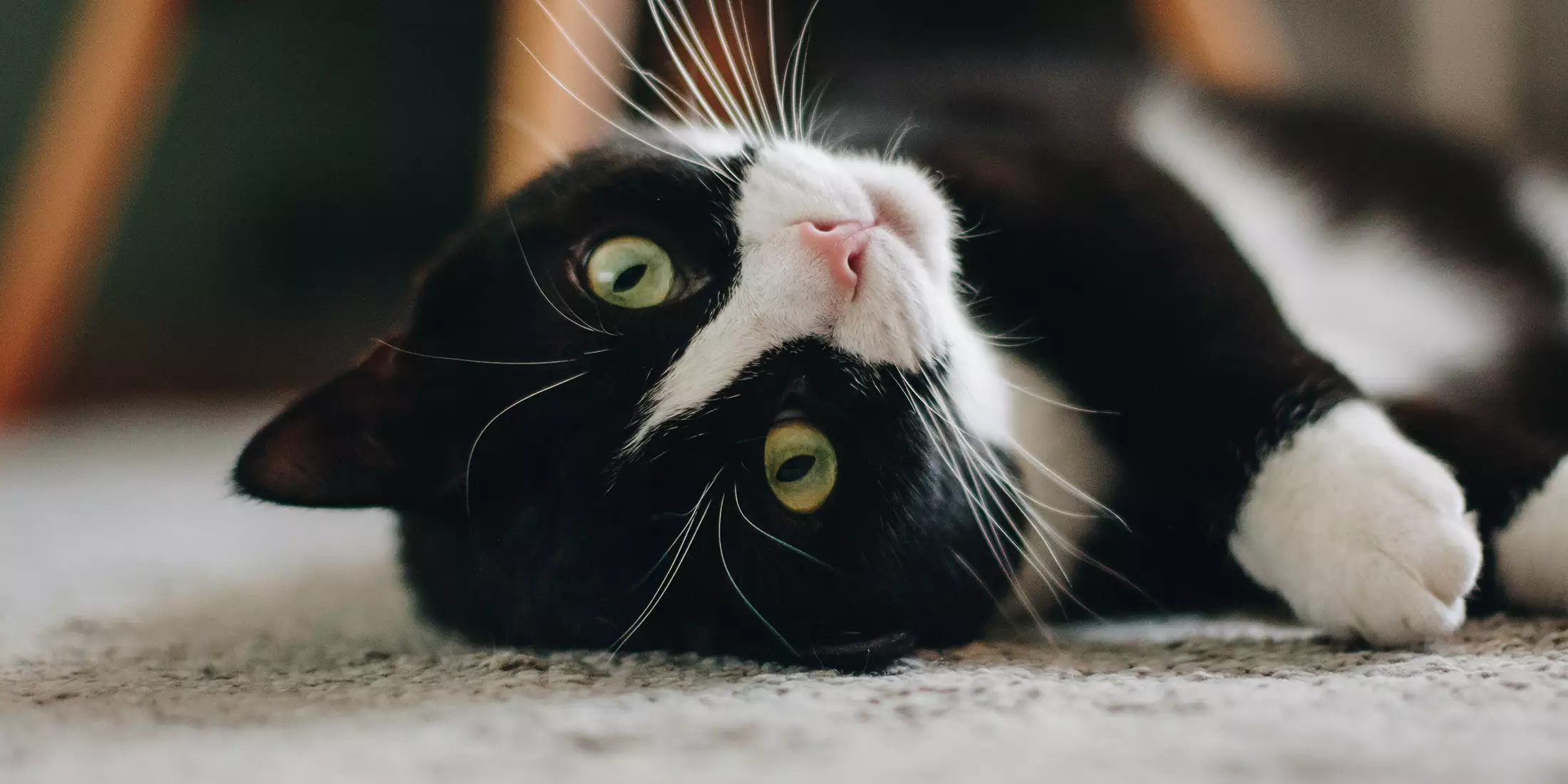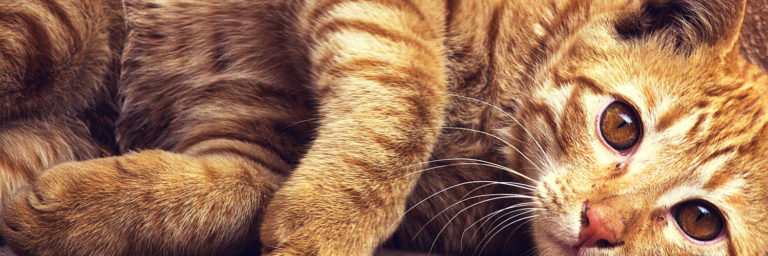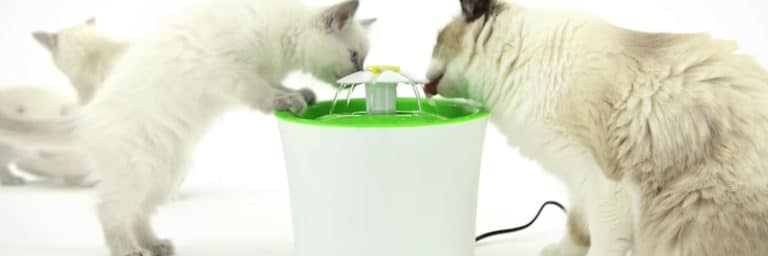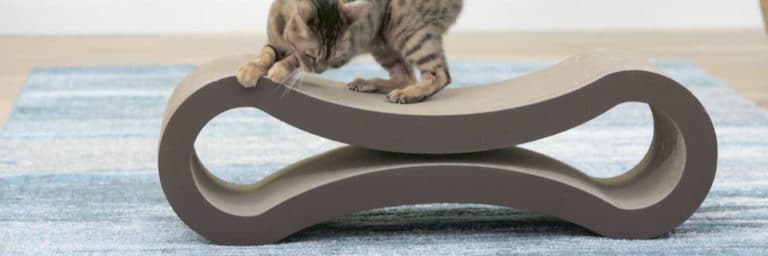Hip Dysplasia in Cats
In simple words, hip dysplasia is a disorder or malformation of the hip joint. A rare orthopedic disorder in cats, feline hip dysplasia involves the abnormal development and subsequent degeneration of the coxofermoral joint. The progressive failure of the hip joint leads to the deterioration and loss of function of the ball-and-socket joint.
Progressive signs of lameness are quite apparent in cats suffering from genetically inherited malformation of the hip joint that connects the kitty’s hip to the thigh bone. Under normal circumstances, in a newly born kitty, the femoral head fits snugly within the acetabulum and partially rotates, facilitating movements of the tabby. This helps the kitty stand, climb, lie down, stand up, run and chase.
However, in a cat with hip dysplasia, the hip joints are loose and misaligned. Due to this partial dislocation, the femoral head cannot move smoothly. In such a condition, the femoral head and the acetabulum knock against each other. With the constant wear and tear, the entire joint becomes loose and incapacitated.
The constant trauma eventually results in the destruction of cartilage. With the loss of the rubbery tissue that cushions the bones, osteoarthritis sets in.
Symptoms of Hip Dysplasia in Cats
Although the condition is rarely seen in cats, clinical signs tend to show up early in the affected felines. Since it is a type of genetically inherited malformation, signs start to surface in cats aged between 4 and 12 months. However, signs of osteoarthritis may show up later in life due to the degeneration of joints.
The initial signs are caused by loose joints when the ball and socket do not form properly. As a result, the loose bones rub against each other, which leads to the slow degeneration of the joints. Painful arthritis or osteoarthritis is often the result.
Some clinical signs of hip dysplasia include
- Damaged cartilage
- Irregularly shaped bones
- Abnormal movement or limping or walking difficulties
- Osteoarthritis
- Avoidance of physical activity
Hip dysplasia in cats is a slow progression disease that shows up in the form of lameness. Cats suffering from the disorder will be unwilling to move. The kitty may continue to chew or lick the hip. It may not welcome any touching sensation, as this could cause pain. Look for any other signs of the skeletal disorder in the rear limbs.
It could be in the form of rear lameness, exercise intolerance, weakness in hind legs, swaying gait, and hesitation in jumping, rising, running, or climbing. Sometimes you could hear an audible popping sound from the hip joint when the kitty walks or rises.
Although there is no cure for the cat disorder, cats suffering from hip dysplasia may feel better when steps are taken to check the progression of the disease. This can help improve your furry friend’s quality of life.
Some other symptoms of the feline illness include
- Enlargement of the shoulder muscles
- Hind end lameness
- Poor pelvic limb conformation
- Curved appearance of the spine
Diagnosis of Hip Dysplasia in Cats
There are several ways to diagnose hip dysplasia. The vet may perform an X-ray of the hips to look for signs and degree of joint degeneration. With an X-ray, the vet can rule out other conditions, such as bone disease, hip injury, or spinal cord inflammation.
Once the vet has a cat disease history, they will conduct a thorough examination. The vet will look for any signs of loss of muscle mass, looseness in the hip, and range of motion by palpating the hips. A cat with hip dysplasia may show signs of pain when the vet manipulates the affected hips.
For older or aging kitties with unilateral or bilateral hind end lameness, the initial vet database will include blood work, pelvic radiographs, complete blood count, or palpation of hip joints.
Treatment of Hip Dysplasia in Cats
Though hip dysplasia in cats is incurable, you can take a few steps to help improve the quality of life of your kitty by reducing symptoms of pain and improving mobility. Treatment of the cat disease depends upon the severity of symptoms, cat’s age, activity level, the severity of joint laxity, and the degree of osteoarthritis. The vet may recommend a surgical or non-surgical treatment option. Those with mild problems may respond well to conservative treatment.
You can take steps to help stabilize the hip joints, alleviate discomfort and pain, and improve your furry friend’s quality of life.
To start with, you may want to help your tabby manage weight to prevent the disease from progressing. Make sure she is not overweight, as the excess weight puts too much pressure on the weak joints and worsen wear and tear.The vet may suggest a restricted exercise and a dietary regimen to help your kitty maintain a healthy weight.
Get your furry friend to jump onto a counter for food to strengthen her hip muscles. The idea is to get her moving, so her hip muscles get a workout, which will help minimize weight gain and strengthen her connective tissues.
Physiotherapy can help reduce joint stiffness and maintain muscle integrity.
For advanced cases of hip dysplasia in cats, surgical options are available to relieve symptoms. This involves removal and replacement of the hip joint with an artificial device. Following the surgical procedure, the cat may suffer from mechanical lameness, with the affected limb appearing a little shorter, but the leg will have a normal range of motion. The kitty can run, jump, sit, and engage in near-normal activities typical of the feline community.







